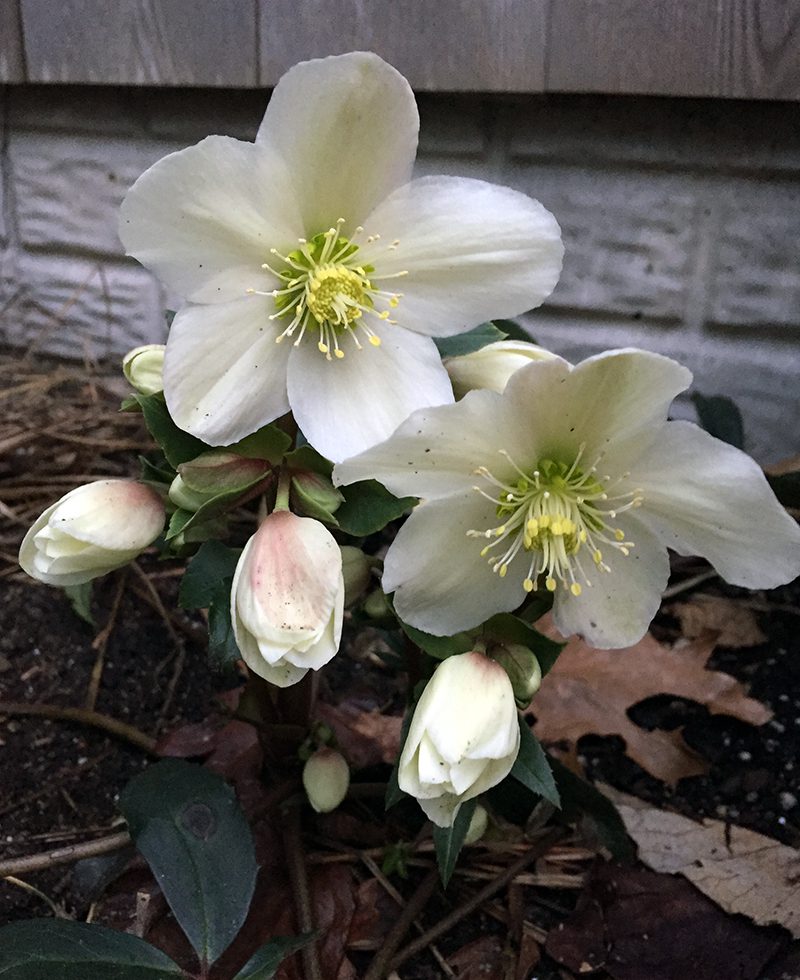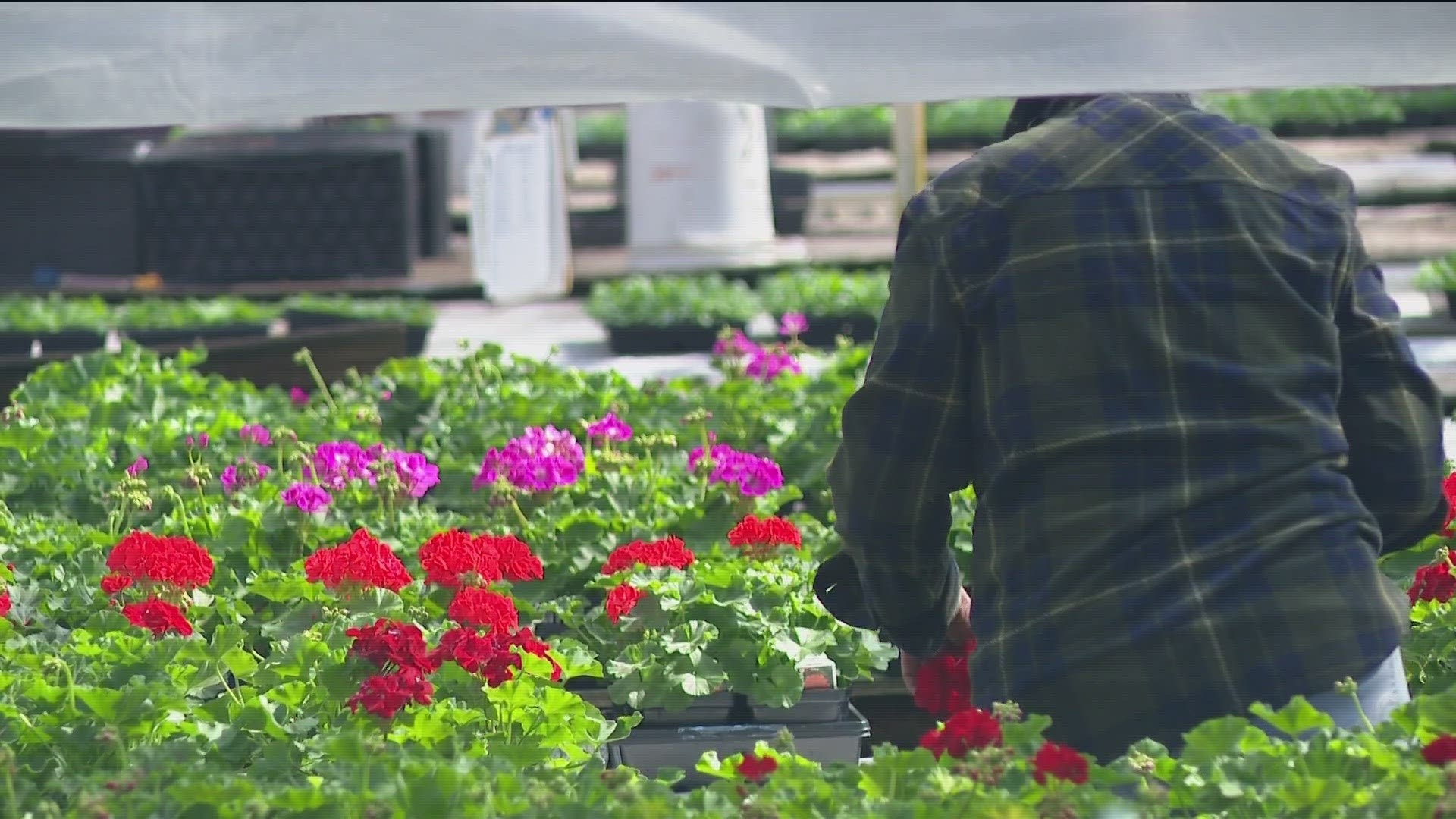Yes, it is safe to plant flowers outside now. But, there are a few things to consider first.
Gardeners often wonder about the right time to plant flowers. Weather, soil conditions, and the type of flowers all play a role. Planting at the wrong time can harm your flowers. Knowing the best time helps your garden thrive. This blog will guide you through the essential factors.
You will learn when and how to plant your flowers safely. Ready to get your garden blooming? Let’s dive in!
Assessing Weather Conditions
Frost dates are key to know when to plant flowers. These dates tell when frost might hit your area. Check local frost dates online. Planting before the last frost can harm flowers. Always wait until after the last frost date to plant.
Temperature fluctuations can affect new flowers. Sudden cold or warm days stress plants. Check weather forecasts often. Ensure the temperature stays stable. Warm days and cool nights are ideal. Protect flowers if temperatures drop suddenly.

Credit: buffalo-niagaragardening.com
Choosing The Right Flowers
Planting flowers outside now can be safe if you check the weather. Ensure the risk of frost has passed. Consider the specific needs of each flower type.
Perennials Vs. Annuals
Perennials return every year. They save time and money. Examples are roses and tulips. They need less care once established. Annuals live for one season. They need replanting each year. Examples are marigolds and petunias. Annuals offer bright, long-lasting blooms. Both types have unique benefits. Choose based on your needs.
Hardiness Zones
Check your area’s hardiness zone. It tells you what plants can survive. Zones range from 1 to 13. Lower numbers mean colder areas. Higher numbers mean warmer areas. Plants have zone ratings. Match plants to your zone. This helps them thrive. Proper matching ensures healthy flowers.
Soil Preparation
Testing soil is very important. Healthy soil means healthy plants. You need to check pH levels. You also need to check nutrients. Use a soil test kit. These kits are simple. You can find them in garden stores. Follow the instructions on the kit. The results will tell you what your soil needs.
After testing, add what the soil lacks. If soil is too acidic, add lime. If soil is too alkaline, add sulfur. Organic matter is very important. Compost helps soil. It adds nutrients. It also improves drainage. Mix compost into the soil. Do this before planting. Your flowers will grow better.
Timing Your Planting
Knowing the best time to plant flowers is key. Spring is usually a great time to start. The soil is warmer, and frost is gone. Summer flowers need a lot of sun. Fall is another good season. The ground is still warm from summer. Winter planting is tricky. Only some flowers can handle the cold.
| Season | Best Flowers to Plant |
|---|---|
| Spring | Tulips, Daffodils, Pansies |
| Summer | Sunflowers, Marigolds, Zinnias |
| Fall | Mums, Asters, Violas |
| Winter | Camellias, Winter Jasmine, Hellebores |
Protecting Young Plants
Row covers can protect young plants from cold. They keep the plants warm. Row covers also shield plants from pests. Use light-weight covers to let sunlight through. Secure the covers with rocks or stakes. Remove the covers once the weather warms up.
Mulch helps keep the soil warm. It also retains moisture. Use straw, leaves, or wood chips as mulch. Spread mulch around the plant base. Keep mulch 2-3 inches away from stems. This prevents rot. Mulch also reduces weed growth. It is a simple way to protect young plants.

Credit: www.hyanniscountrygarden.com
Watering Strategies
Flowers need water to grow strong. Water them at the same time each day. Morning is best. It helps the soil stay moist. It also stops the leaves from getting too wet at night. Wet leaves can lead to mold. A good routine helps plants thrive.
Too much water can harm flowers. Check the soil before watering. If it feels wet, wait a day. Overwatering can cause roots to rot. Healthy roots need air as well as water. Watch the plants. Drooping leaves can mean too much water. Less is more in this case.
Monitoring Plant Health
Check your plants every day. Look for small insects on leaves. Aphids and mites can harm plants. Chewed leaves mean caterpillars or beetles might be around. Use natural sprays to keep them away. Ladybugs eat pests too. Place them on your plants.
Plants can get sick too. Yellow leaves mean trouble. Brown spots show disease. Wilting is a bad sign. Remove sick plants fast. Fungal diseases spread quickly. Powdery mildew looks like white dust. Use fungicides to treat them. Always water plants at soil level. Wet leaves can get sick.
Expert Recommendations
Check your local weather. Frost can harm young plants. Plant flowers after the last frost date. Use a gardening calendar. It helps track safe planting times. Soil temperature is key. Cold soil can stunt growth. Wait until soil is warm enough. A soil thermometer helps. Ensure good drainage. Wet soil can rot roots. Raised beds can improve drainage.
Start with easy-to-grow flowers. Marigolds and sunflowers are good choices. Join local gardening groups. They offer advice and support. Read gardening books. They provide step-by-step guides. Use online forums. Connect with other gardeners. Watch gardening videos. They show practical tips. Visit local nurseries. Experts there can help you. Keep a gardening journal. Note what works and what doesn’t. Enjoy the process. Gardening should be fun.

Credit: www.realtor.com
Frequently Asked Questions
When Is The Best Time To Plant Flowers?
The best time to plant flowers is during spring or fall. These seasons offer optimal growing conditions. However, specific timing can depend on your local climate and the type of flowers.
Can I Plant Flowers In Winter?
Planting flowers in winter is generally not recommended. Cold temperatures can hinder growth. Instead, focus on preparing soil and planning your garden for spring.
What Flowers Can Be Planted Now?
Seasonal flowers like pansies, marigolds, and chrysanthemums are good choices. Consult local gardening guides for more specific recommendations based on your region.
How Do I Protect Flowers From Frost?
To protect flowers from frost, cover them with cloth or frost blankets. Watering plants before a frost can also help insulate the roots.
Conclusion
Planting flowers outside now depends on your local climate. Check the weather forecast. Early spring frost can harm delicate flowers. Choose hardy plants if the weather is still cool. Prepare soil well to ensure healthy growth. Water regularly and monitor for pests.
With proper care, your garden will thrive. Enjoy the beauty and colors of your flowers. Happy gardening!

My mission is to help you bring the beauty of nature indoors with expert advice, detailed plant care guides, and creative design ideas.





Leave a Reply